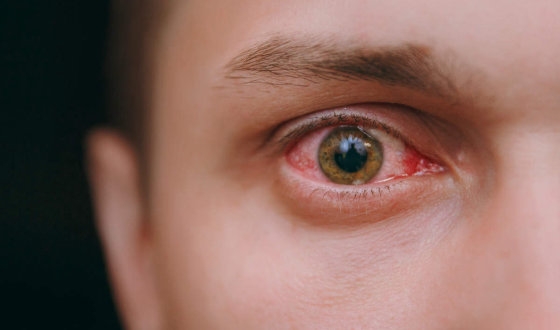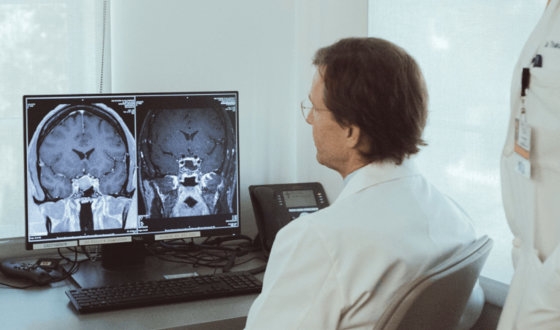Disease guides
Our team prepared a quick overview of the most prevalent health issues. As a result, disease outlook, diagnosis, standard therapy, new treatment solutions and statistics are structured in one place.
Articles
Quick informational support on hot topics.
Disease guides
An intuitive map on the most current health issues.
Treatment guides
The latest treatment approaches in one place.

Optic Nerve Atrophy Guide
55.3 percent of patients with optic nerve atrophy were disabled. Optic nerve atrophy was one of the five leading causes of blindness. Among non-glaucomatous optic nerve damage, intracranial lesions are the most common cause (26%). Stem cell therapy from the patient’s own or donor stem cells can improve vision by up to 80%.
Retinal Detachment Guide
Less than 1 out of every 10,000 people have a retinal detachment (RD). Retinal detachment mainly affects people between the age of 60 and 70. Severe myopia (-6.00 diopters or higher) is associated with a 21-fold greater risk of RD. The success rate of retinal detachment surgery would be more than 90% if performed during the week.
Spina Bifida Guide
75% of all disease cases are the most severe form of spina bifida (SB). Prenatal SB surgery reduces the risk of a shunt almost twice. 1 in every 1000 babies has a form of SB with neurological symptoms. Folic acid supplements taken before and during pregnancy can cut the risk by up to 72%.
Nerve root and plexus disorders
Nerve, nerve root, and plexus diseases are common neurological conditions with typical symptoms. The disorders can affect a single nerve or a plexus of them. Nerve root disease causes pressure, pinching, or stretching of the nerve tissue that exits or enters the spinal cord. It is usually caused by bony growths on the vertebrae and narrowing of the opening through which the nerve passes, herniated disc or osteochondrosis.
Acoustic Neuroma (Vestibular Schwannoma) Guide
About 6–10% of all brain tumors are caused by an acoustic neuroma, or 1-20 cases to 1 million per year. In about 90% of cases, the first from acoustic neuroma symptoms is hearing loss in just one ear. More than 90% of the time, surgery for an acoustic neuroma stops the growth of the tumor.
Brain Cyst Guide
About 1% of all lesions inside the brain are arachnoid cysts. They occur in 3 of every 100 people. Between 25% and 40% of people have pineal cysts, mostly without symptoms. Open microsurgery is the most effective treatment for cysts in the head, boasting success rates of 93.3% - 100%.





